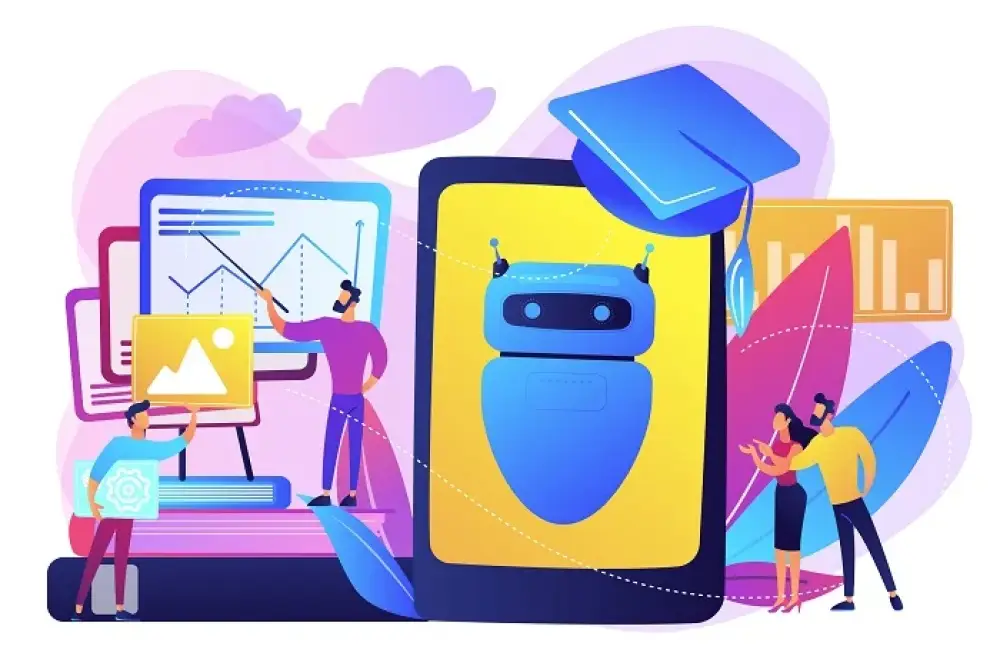Training and Development in HRM
For the benefit of both the workforce and the entire organisation, training and development in HRM should be treated as a priority. The investment (or otherwise) any business makes in its workforce will always be reflected in the performance and efficiency of the entire organisation. For anyone working in HRM, nothing should matter more than providing every employee with the opportunity to progress.
Training and development in human resource management is the foundation for getting the best out of each and every employee. If you fail to empower your workers with the resources and opportunities they need to succeed, it isn’t going to happen. By contrast, invest heavily in the training and development of every viable candidate and you stand to reap the rewards as a result.
But what exactly constitutes training and development in HRM? What kinds of training opportunities and ongoing support should the proactive human resource manager by providing?
In order to answer the question, it’s first important to draw the line between training and development as two very different concepts.
Advance Your Career – Take control of your professional growth and advance your career today.
What’s the Difference Between Training and Development?
Even today, the vast majority of employers use ‘training and development’ as a single, all-encompassing term. In doing so, they mistakenly presume that training and development are one and the same thing.
In reality, there are key differences that are important to understand. Particularly if looking to get the very best out of every member of the workforce, or perhaps take your own career prospects to the next level.
Training
First up, training is defined as the process of instilling candidates with the necessary skills to allow them to perform a specific role. In a working example, a newcomer to a restaurant may need to be trained on how to use the POS system, the coffee machine and the glasswasher behind the bar. Just as soon as these core skills have been picked up, the individual in question is able to carry out a series of important functions.
In this sense, it could be argued that training is primarily (if not exclusively) about building hard skills. You receive the required training, you learn how to carry out a function and you’re subsequently able to perform as a capable contributor.
Development
At the opposite end of the scale, development is all about psychology and soft skills. Employee development is all about taking existing skills, talents, knowledge and confidence an important step further. Employee development opportunities go far beyond basic training, often focusing on more detailed and complex competencies.
An employee development programme will typically consist of any number of different training courses. The idea being that they are provided with every opportunity to advance far beyond their current confines, by developing the attitude and acumen to progress. Employees at the very bottom of the ladder receive training to get things off the ground, while those higher-up take part in development programmes to reach more senior positions.
So while it’s true to say that training and development go hand in hand, there are nonetheless distinct differences between the two.
Verify course accreditation details in the Accredited CPD Courses page.
The Evolution of Training and Development in HRM
In truth, all aspects of employee training and development can be approached from thousands of different angles. Nevertheless, every approach to training and development can be bracketed under one of two headings – traditional and modern.
Traditional training and development
The traditional approach to employee training and development is by far the most costly and logistically-complex. This is where the organisation itself takes control of every aspect of the training and development process at every stage. In-house specialists or third-party training providers are brought in to provide classroom-based workshops and group training sessions. Though potentially effective, traditional training and development isn’t always the preferred option.
Modern training and development
These days, more proactive businesses than ever before are taking a more dynamic approach to training and development in HRM. Their respective human resource managers organizing the required training programs via distance learning. Right now, pretty much any training course an employee could ever need to perform at their best can be accessed online. No travel, no classroom time and none of the expenses associated with traditional training opportunities. Both in terms of initial training and as part of an ongoing development programme, the contemporary approach to employee training is quickly taking over as the new standard.
An Essential Investment
Whatever your preferred approach happens to be, ongoing training and development should be considered mandatory. It isn’t enough to simply provide your employees with the basic skills they need to get by, expecting them to then flourish on their own. Employees need consistent support and nurturing to achieve their full potential, which ultimately benefits the entire organisation as a result.
For more information on the latest digital training and development opportunities, contact a member of the team at CPD courses today for an obligation-free consultation.




